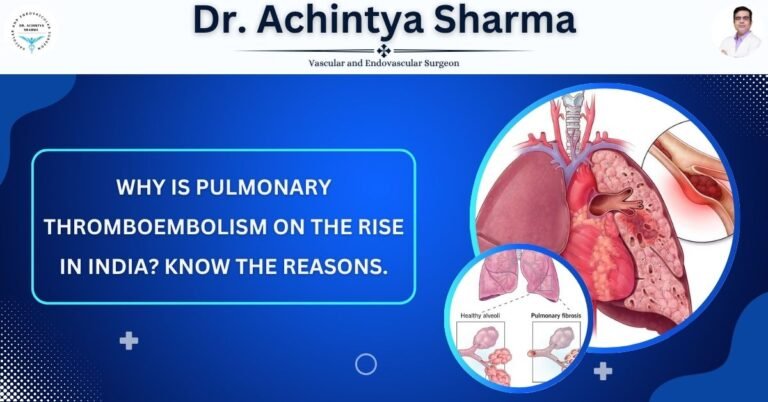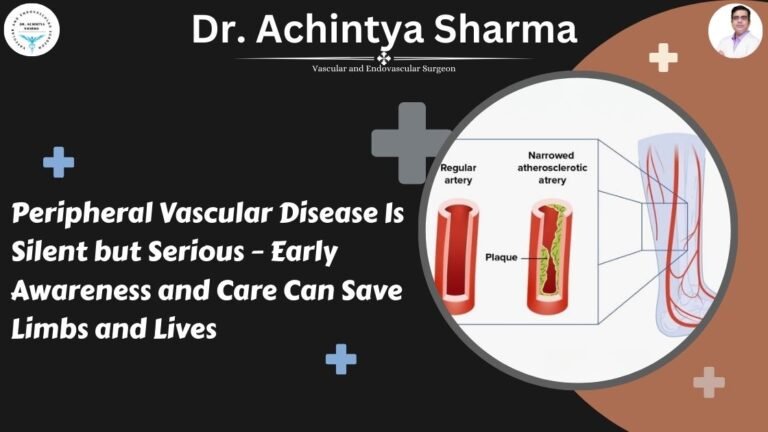Aortic Aneurysm involves a multidisciplinary approach aimed at preventing complications and enhancing the overall well-being of individuals diagnosed with this vascular condition. An aortic aneurysm treatment is characterized by the abnormal dilation or ballooning of the aorta, the main artery that carries blood from the heart to the rest of the body. The Aortic Aneurysm depends on several factors, including the size and location of the aneurysm, as well as the overall health of the patient. Aortic aneurysm, a potentially serious condition characterized by the abnormal enlargement of the aorta, necessitates careful consideration and appropriate treatment to prevent complications such as rupture. Treatment strategies vary based on factors such as the size and location of the aneurysm and the patient’s overall health.
Type of “Aortic Aneurysm Disease”
“Aortic aneurysm disease” refers to a medical condition characterized by an abnormal enlargement or bulging in the walls of the aorta, the largest artery in the human body. Two main types of aortic aneurysms:

Abdominal Aortic Aneurysm (AAA):
This type occurs in the lower part of the aorta, usually in the abdominal area. AAA is more common than thoracic aortic aneurysm.
Thoracic Aortic Aneurysm (TAA):
This type involves the upper part of the aorta, which passes through the chest. TAAs are generally less common than AAAs but can be equally serious.
Risk factors for developing aortic aneurysm disease include age, family history, smoking, high blood pressure, and certain genetic conditions. Aortic aneurysms are often asymptomatic until they become large or rupture, which can be life-threatening.So, when you see that type of symptoms in your body, go to the Doctor for the best Aortic aneurysm treatment.
Symptoms of aortic aneurysm disease may include:
Pain:
Depending on the location of the aneurysm, individuals may experience pain in the abdomen, chest, or back.
Pulsating Mass:
A pulsating sensation or mass in the abdomen might be felt in some cases.
Rupture Symptoms:
A sudden, severe pain, often described as tearing or ripping, may occur if the aneurysm ruptures. This is a medical emergency.
Benefits of Aortic Aneurysm Treatment
The management of aortic aneurysms involves various treatment modalities, each with its own set of advantages and disadvantages. Balancing the potential benefits against the inherent risks is crucial for healthcare professionals and patients alike. This article explores the advantages and disadvantages of aortic aneurysm treatment, shedding light on the complexities of addressing this medical condition.
Benefits
- Prevention of Rupture:
- Perhaps the most significant advantage of aortic aneurysm is the prevention of rupture. Timely intervention, whether through surgical repair or careful monitoring, reduces the risk of aneurysm tearing and causing life-threatening internal bleeding.
- Improved Long-Term Survival:
- Treatment contributes to improved long-term survival rates. Early detection, coupled with appropriate interventions and lifestyle modifications, enhances the chances of a positive prognosis for individuals with aortic aneurysms.
- Enhanced Quality of Life:
- Aortic aneurysm, especially when combined with lifestyle changes, can lead to an enhanced quality of life. Medications for blood pressure control, post-surgical recovery, and ongoing monitoring contribute to an overall improvement in well-being.
- Reduced Emergency Situations:
- Treatment helps in reducing emergencies associated with aortic aneurysms, such as ruptures that require immediate medical attention. Proactive management minimizes the likelihood of sudden and critical events, lessening the burden on both patients and healthcare systems.
- Customized Treatment Plans:
- Advancements in medical science allow for the customization of treatment plans based on individual patient characteristics and the specific nature of the aneurysm. Tailored approaches ensure that the chosen intervention aligns with the patient’s needs and overall health.
Conclusion
Aortic Aneurysm treatment encompasses a range of approaches, from careful monitoring and medication to surgical interventions and lifestyle modifications. The goal is to prevent complications, particularly the rupture of the aneurysm, and to optimize the overall health and well-being of individuals diagnosed with this vascular condition. Regular follow-up and a collaborative relationship between patients and healthcare professionals are key elements in achieving successful outcomes in the management of aortic aneurysms. While treatment offers significant benefits, including the prevention of rupture and improved long-term survival, it is not without drawbacks, such as surgical risks and potential financial burdens. The decision to pursue treatment should involve a careful consideration of individual patient factors, preferences, and the collaboration between healthcare professionals and patients to achieve the best possible outcomes. The ongoing advancements in medical science and the development of less invasive interventions continue to shape the landscape of aortic aneurysms, aiming to optimize the balance between benefits and risks.




